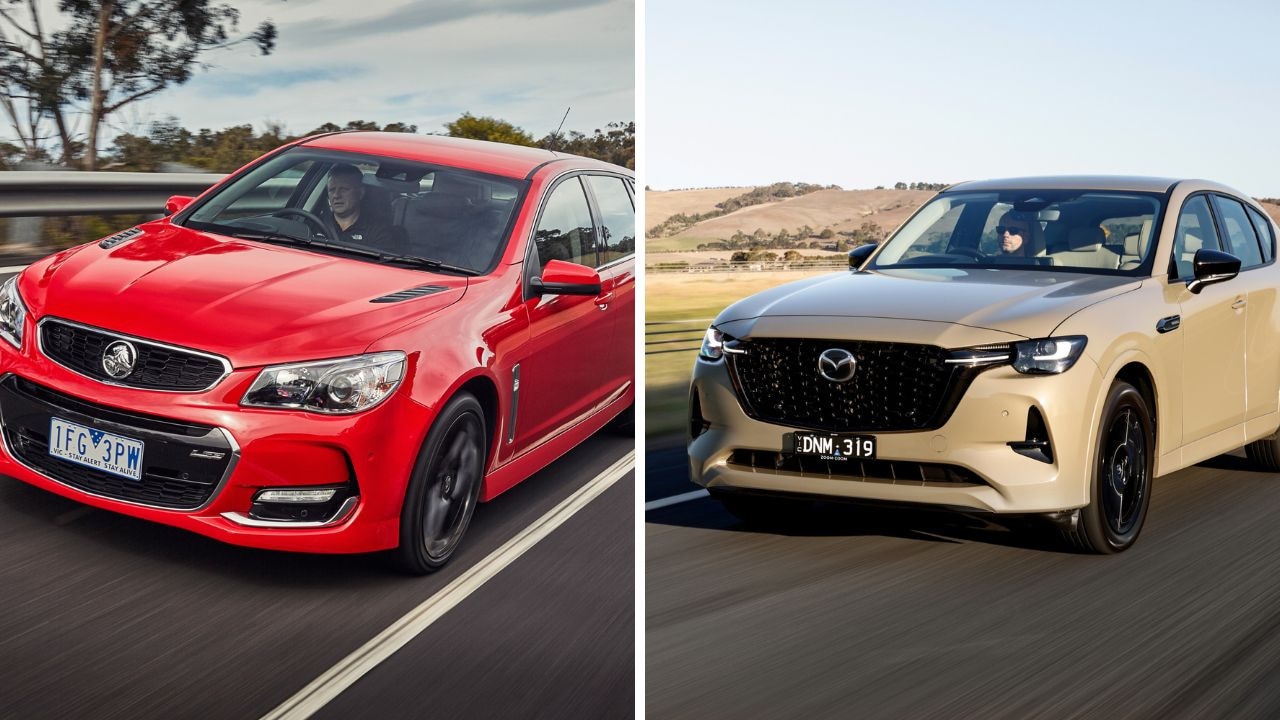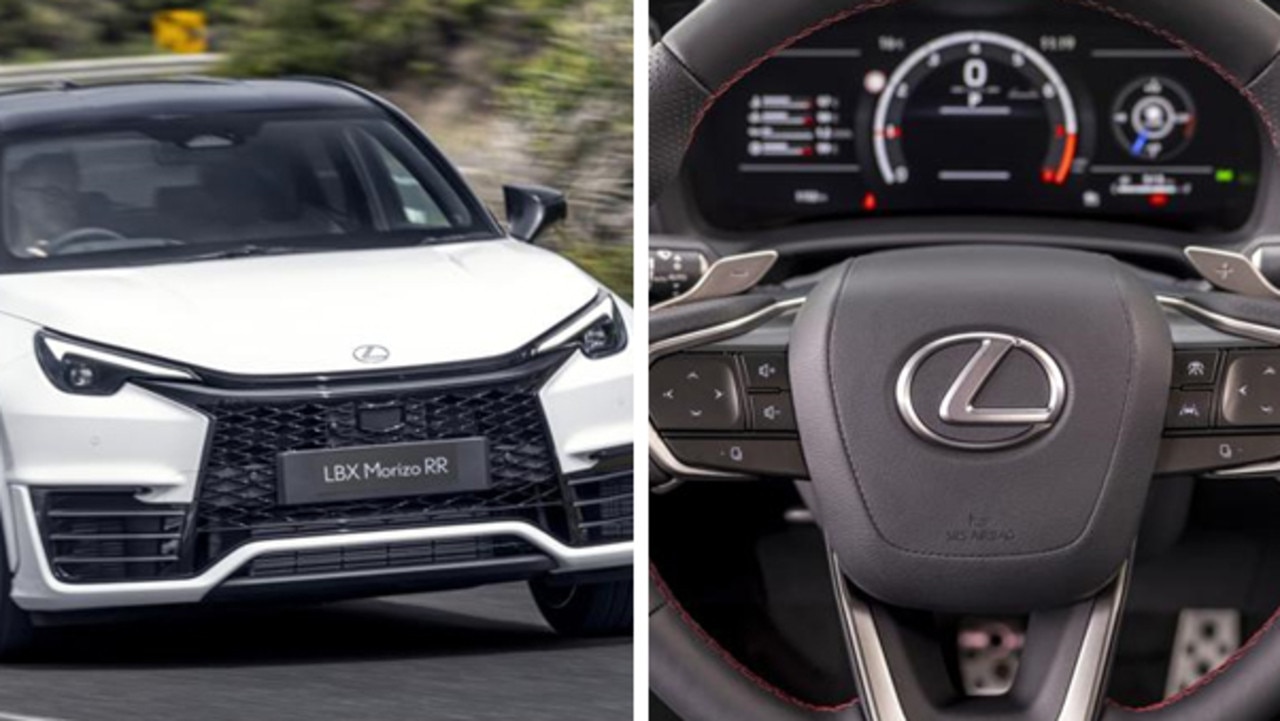Mercedes-Benz GLC 300e review: Plug-in hybrid is clever and fuel efficient
The German brand has launched its new plug-in hybrid that has some amazingly future-proof clever features, and it is a relative bargain.
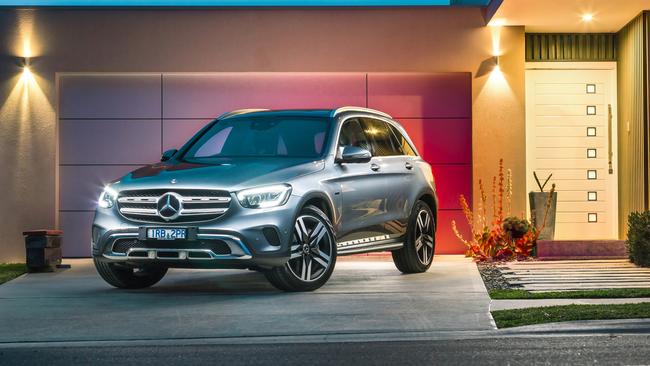
Luxury
Don't miss out on the headlines from Luxury. Followed categories will be added to My News.
Mercedes-Benz’s GLC 300e mid-size SUV is a plug-in hybrid, but don’t let the amazingly low claimed fuel figures fool you, the devil is in the detail.
Here are five things you need to know about the Mercedes-Benz GLC 300e.
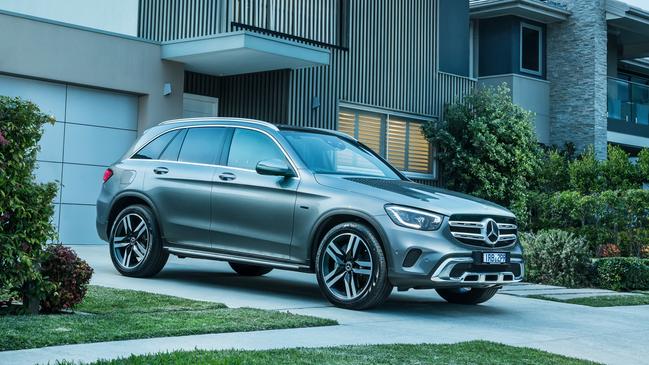
Don’t believe the official classification
The GLC 300e is a plug-in hybrid, although the Federal Chamber of Automotive Industries classifies it as an electric vehicle. Unlike a true EV, the 300e has a petrol engine under the bonnet, ready to take over when the lithium ion battery feeding its electric motor runs out. As the claimed electric-only range of the 300e is only 43km, this is a good thing, as the owner never has to deal with range anxiety. It is also possible to use little or no fuel on your weekly commute. According to the Bureau of Statistics, the average round-trip commute is just 32km, well within the claimed range. We managed about 35km of range during our test. The 300e has an incredibly low fuel consumption claim — just 2.2L/100km — because the official fuel consumption test takes in a period of zero-emissions travel. In city traffic, using only the petrol engine, you’ll see fuel use in the low to mid-teens.
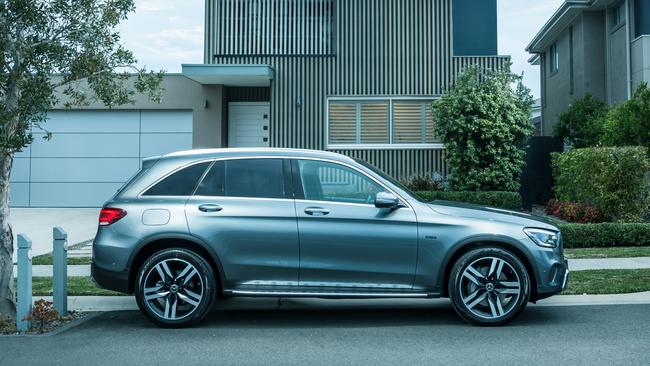
It knows when to be an EV
Plug-in hybrids are popular in Europe because cities are increasingly introducing low emissions zones. If the 300e’s driver enters a route into the satnav and that route includes a low emissions zone, the car will save its electric reserves for then. The petrol engine will even act as a generator to recharge the battery so full electric range is maintained. There are no low emissions zones in Australia yet, but the tech means you’re future proofed.

It’s a relative bargain for a plug-in
It’s not cheap, but Mercedes has priced the 300e enticingly close to the regular GLC 300. At $80,400 it costs just $2700 more and adds standard air suspension, giving it a more comfortable and better controlled ride. It can also preheat or cool the cabin remotely, while the charging cables are free of charge. If you buy a wall box ($1250 plus installation), the 300e will charge in two hours. Charge it using a normal household outlet and it takes seven hours. In practical terms, it makes little difference — drive into the garage when you arrive home from work, plug it in and it’s ready to go by morning. The plug-in version is well priced compared with other plug-ins on the market. The Mitsubishi Outlander PHEV is roughly $13,000 more than the equivalent version, while the Hyundai Ioniq plug-in is about $7000 more than the conventional hybrid model.
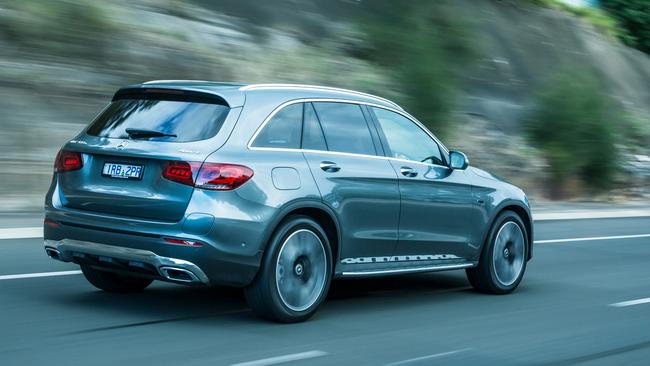
It feels remarkably normal
Hybrids and EVs can feel a little different to drive, as they use regenerative braking to recharge the batteries. This means when you lift off the accelerator, the car will slow dramatically without applying the brake. The brake pedal itself can also feel a little wooden. The 300e feels remarkably normal. It will run on electricity under normal conditions but if you floor the accelerator the petrol engine will kick into life. The 300e’s petrol-electric combination puts out a combined 235kW and 700Nm, compared with 190kW/370Nm for the petrol version. That translates to a 0-100km/h time of 5.7 seconds, half a second quicker than the 300.
The cabin complements the tech under the bonnet
The 300e’s cabin is suitably hi-tech, with twin hi-resolution digital readouts in the centre of the dash and in front of the driver. EV-specific readouts let you know your electric range and whether you’re using electric or petrol power and the touchpads on the steering wheel make it easy to scroll through menus. The rest of the cabin is a mix of classy woodgrain finishes, brushed alloy highlights and dark imitation leather. The voice-activation is among the best in the business.
Originally published as Mercedes-Benz GLC 300e review: Plug-in hybrid is clever and fuel efficient


